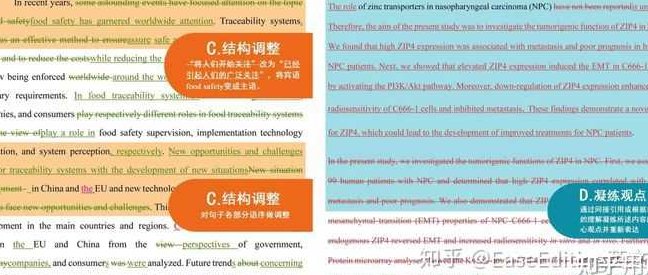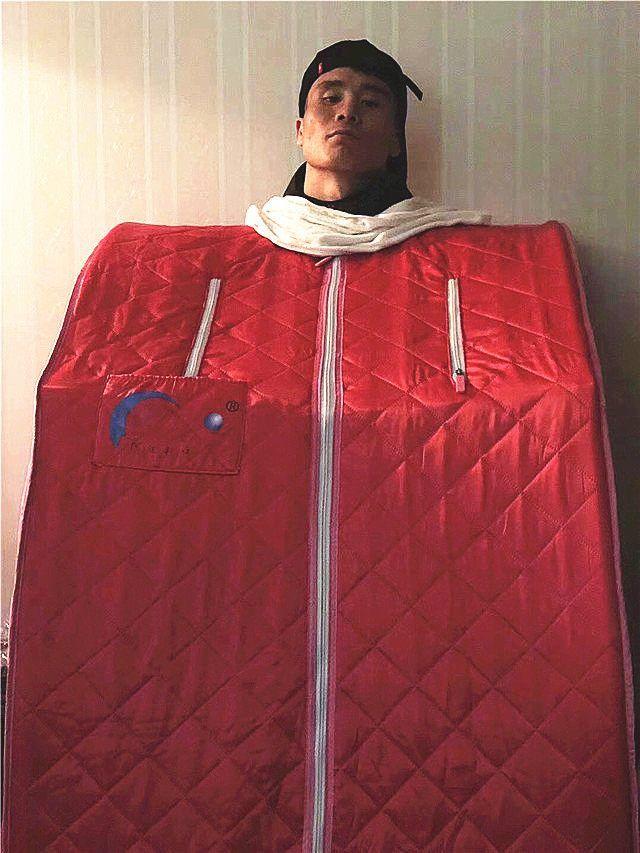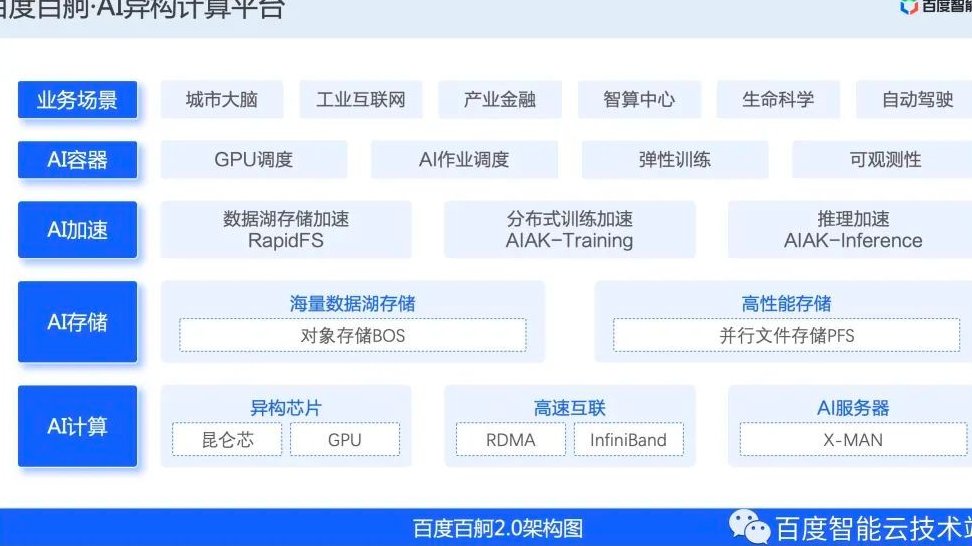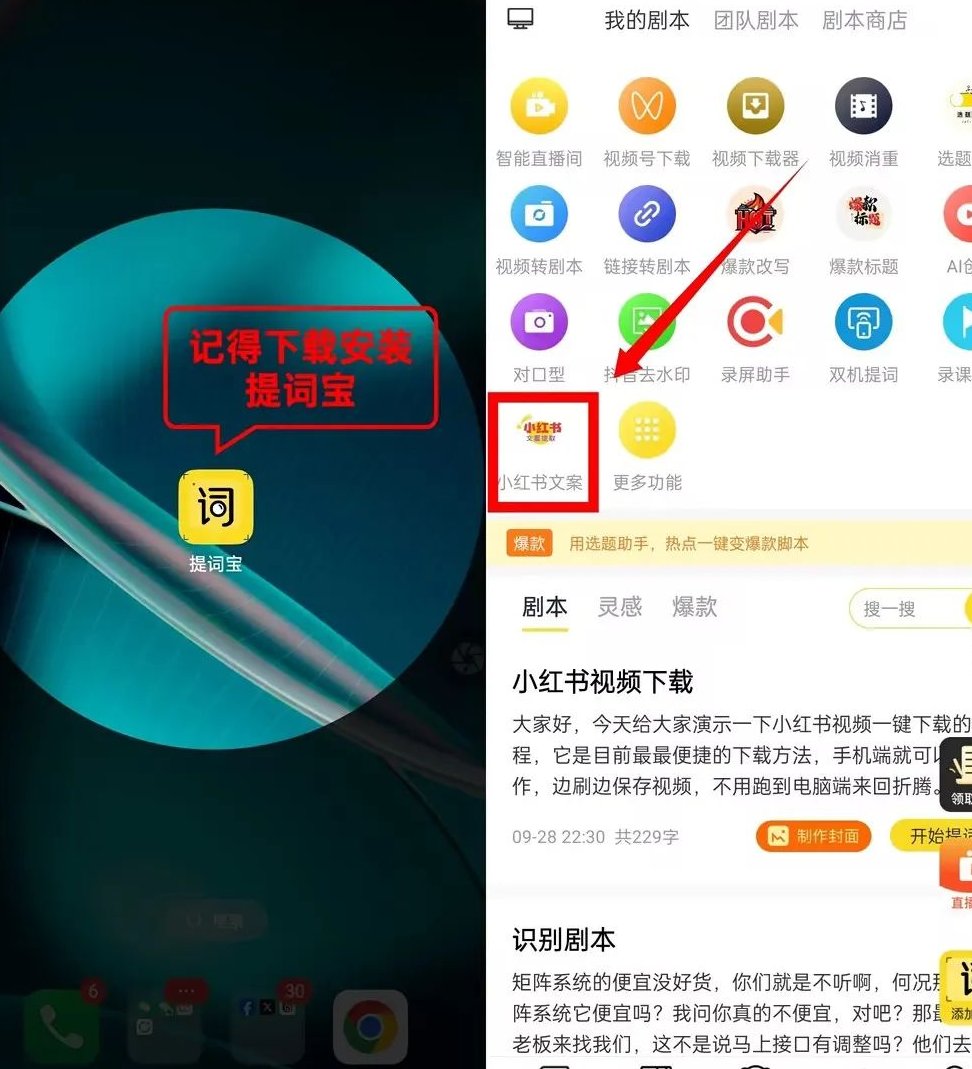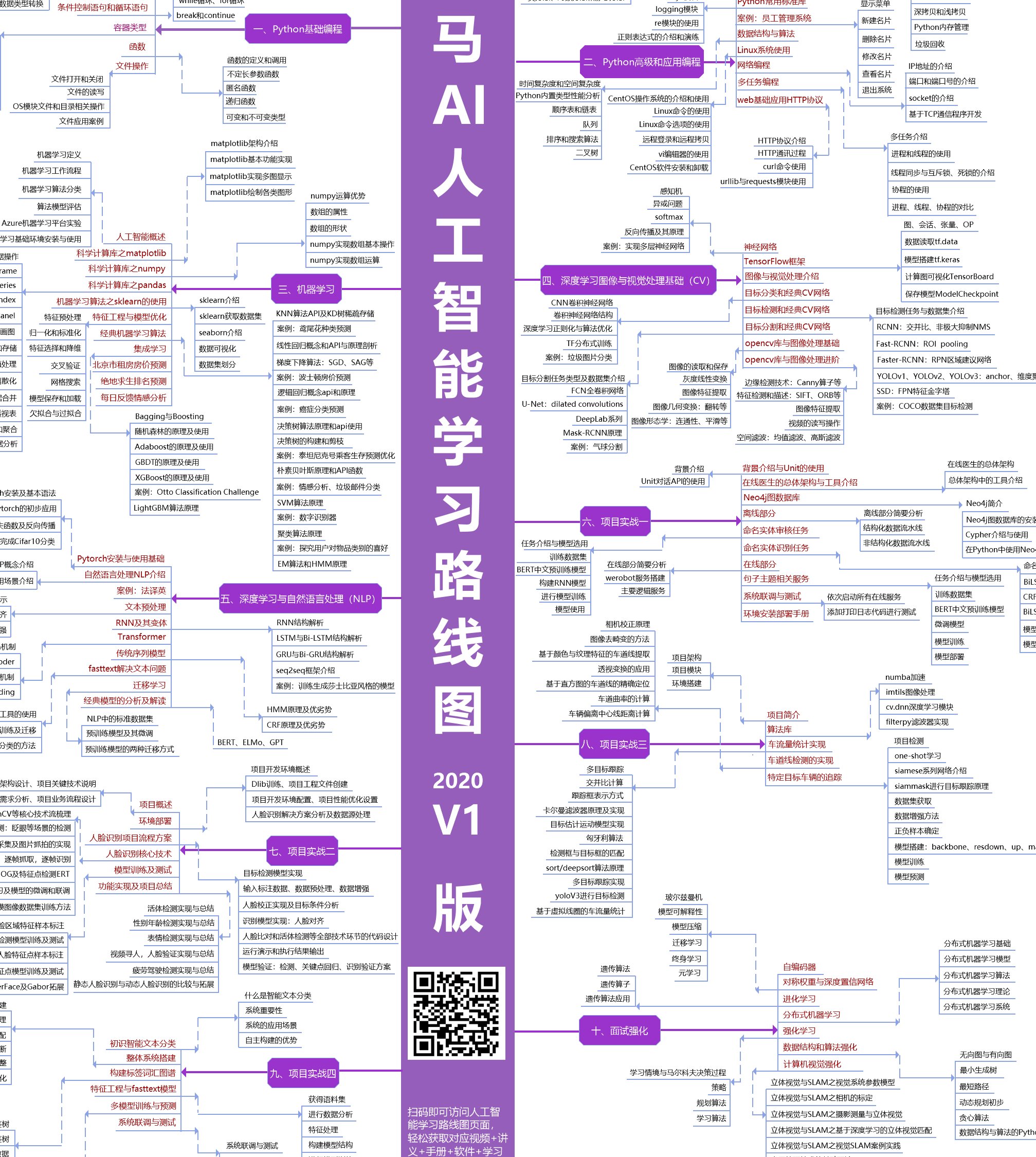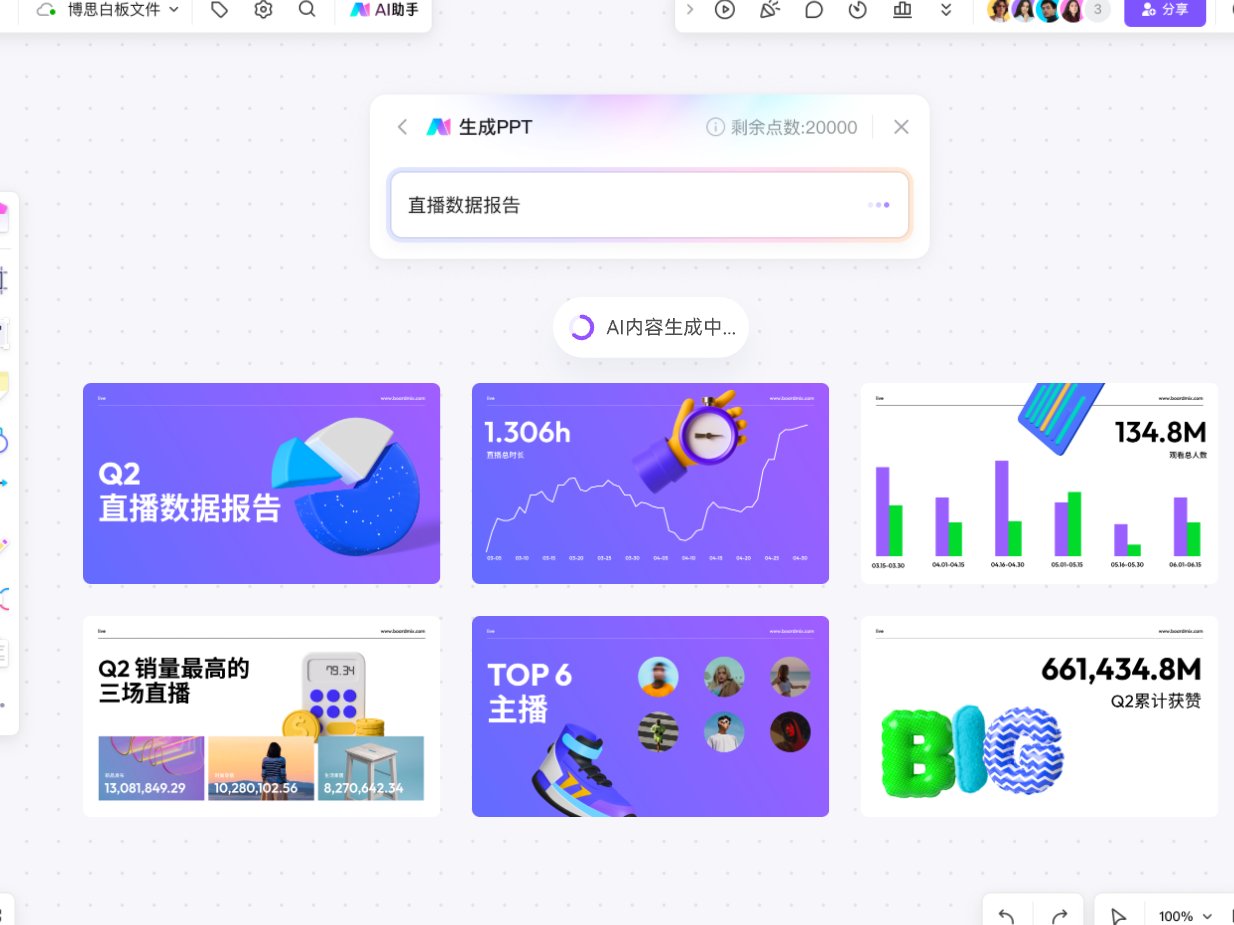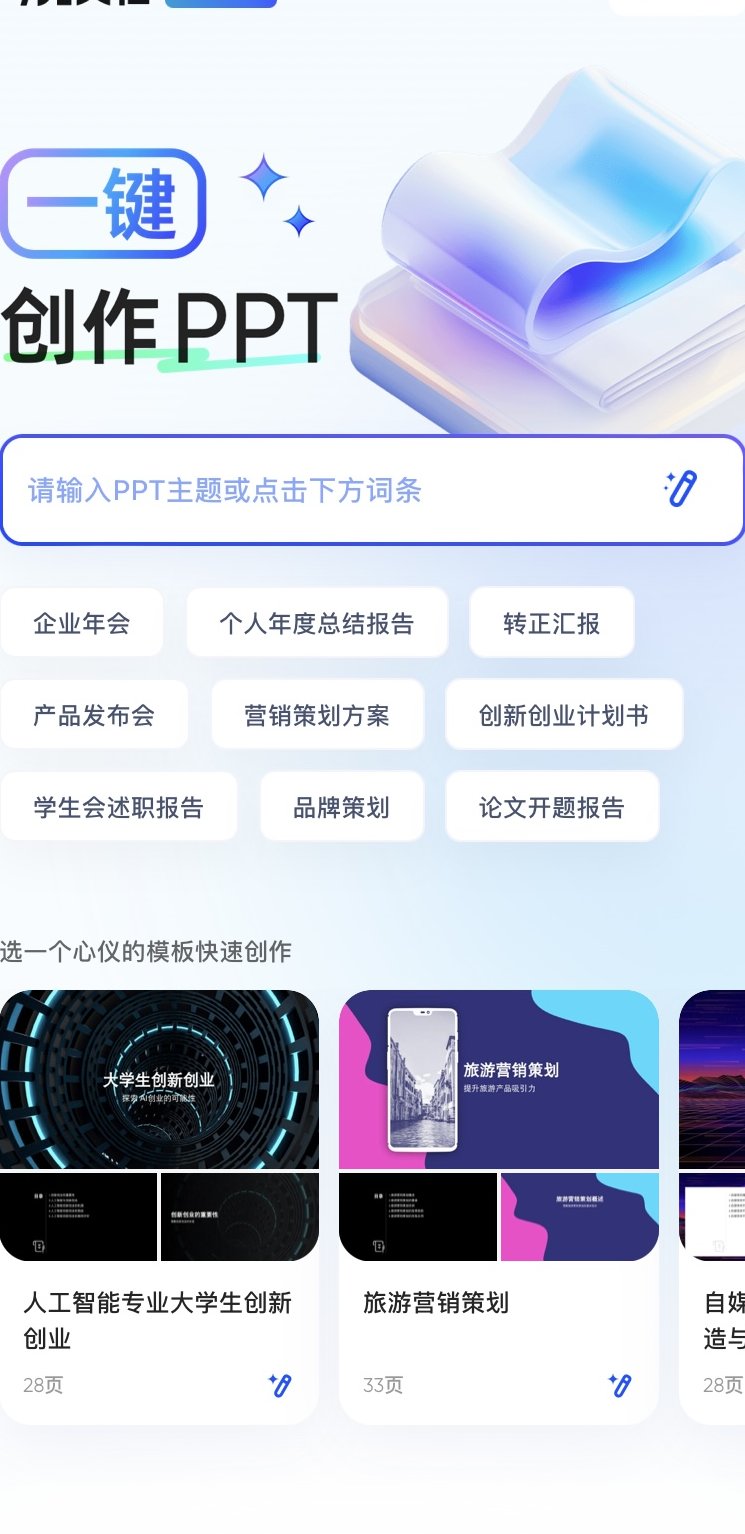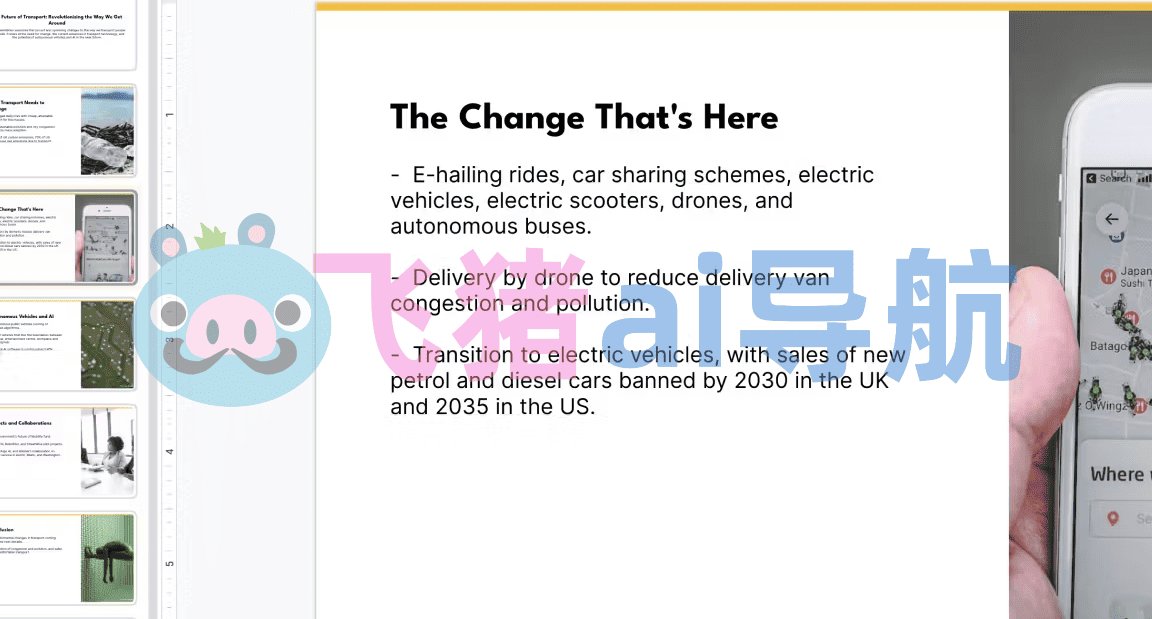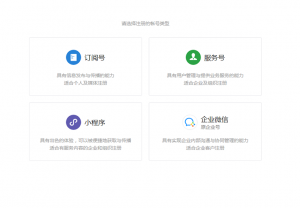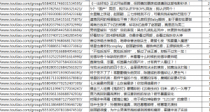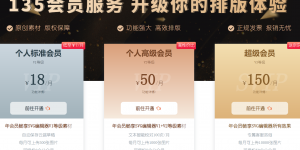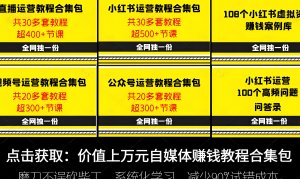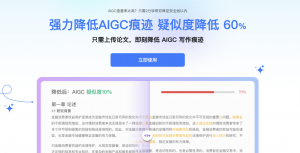📌 降重的核心:不是 “改字” 而是 “重述逻辑”
p3-flow-imagex-sign.byteimg.com
很多人对降重有个误区,觉得把重复的句子换几个词就行。但 SCI 期刊的检测系统,比如 iThenticate,不只是看单个词的重复,更会分析句子结构和逻辑链条。真正安全的降重是保留原意的同时,用全新的逻辑表达。
比如原句:“The increase in temperature leads to a higher reaction rate, which in turn accelerates the formation of by - products.” 直接换成 “The rise in temp causes a faster reaction speed, thus speeding up by - product formation.” 看似改了词,结构没变,重复率还是降不下来。
正确的做法是拆解逻辑:温度升高→反应速度变化→副产物生成情况。重新组织成:“When temperature goes up, reactions happen more quickly. This speedup, in turn, makes more by - products form.” 这样既保留了核心意思,又彻底改变了表达逻辑,检测系统很难判定为重复。
记住,学术不端的界定里,“变相抄袭” 就包括这种换词不换结构的做法。降重时要时刻问自己:这句话的逻辑是不是我自己的表达习惯?如果只是机械修改,哪怕重复率过了,审稿人也可能因为 “表达生硬” 拒稿。
📝 Paraphrase 基础技巧:从 “句子结构” 下手
1. 打乱修饰语顺序
英文句子里定语、状语的位置很灵活,这是降重的好机会。比如原句:“Under the condition of pH = 7, the catalyst showed the highest activity in the reaction that lasted for 2 hours.” 可以把条件状语和时间状语换位置,改成:“The catalyst performed best in a 2 - hour reaction when pH was 7.”
2. 主动被动互换 + 主语转换
这招对实验描述特别有用。原句:“We measured the sample's conductivity three times and averaged the results.” 可以改成被动 + 主语转换:“The sample's conductivity was measured three times, with the results being averaged.” 注意这里把 “我们” 换成了 “样品的 conductivity”,避免人称重复带来的检测风险。
3. 拆分长句或合并短句
长句是重复重灾区。比如:“The study, which was conducted by researchers from Harvard University and published in Nature in 2023, found that the new material could improve battery life by 30%.” 可以拆成两句:“A 2023 Nature study came from Harvard researchers. It showed the new material can make batteries last 30% longer.”
短句重复的话就反过来合并。比如两句:“The experiment failed. The reason was incorrect calibration of the instrument.” 合并成:“Incorrect instrument calibration led to the experiment's failure.”
🔍 进阶技巧:专业术语的 “安全替换法则”
专业术语不能乱换,但可以用 “解释性表达” 绕开重复。比如 “photosynthesis” 不能改成别的词,但可以说 “the process by which plants convert light into energy”。
1. 术语 + 通俗解释组合
当一段里多次出现同一个术语,比如 “carbon nanotubes”,第一次提的时候用全称,后面可以换成 “these tube - shaped carbon structures”。既保持专业性,又避免重复。
2. 用 “功能” 代替 “名称”
比如 “scanning electron microscope (SEM)”,可以说 “the device used to observe micro - structures at high magnification”。尤其在方法部分,很多仪器名称重复率高,用功能描述能有效降重。
但要注意,核心术语绝对不能瞎改。像 “quantum dots” 就不能换成 “tiny quantum particles”,这会让审稿人觉得你不专业。不确定的话,查一下目标期刊最近的文章里怎么表述类似概念。
📊 数据和公式的降重:换种 “呈现逻辑”
结果部分的数据描述最容易重复,因为很多人会直接抄自己已发表文章里的表述,或者用类似的句式描述相似数据。
比如原句:“The yield increased from 50% to 75% when the pressure was raised from 1MPa to 3MPa, as shown in Figure 3.” 可以改成:“Figure 3 illustrates that pressure changes affect yield: at 1MPa, yield was 50%; when pressure went up to 3MPa, it reached 75%.”
公式的降重更简单,不要直接复制粘贴。比如公式 E = mc²,在文中描述时,原句可能是 “Energy equals mass multiplied by the square of the speed of light, expressed as E = mc².” 可以换成 “The relationship between energy and mass is E = mc², where energy is the product of mass and the square of light speed.”
还有图表说明,很多人习惯用 “Table 1 shows...”“Figure 2 indicates...”,可以交替用 “Data in Table 1 reveal...”“As Figure 2 demonstrates...”,避免句式单调导致的重复。
📚 引用的正确处理:别让 “引用” 变成 “抄袭”
引用文献时,如果直接抄原文超过 3 个词,就算加了引用标记,也可能被算入重复率。正确的做法是用自己的话总结引用内容,再标注来源。
比如引用某篇文献的结论:“Smith et al. (2020) found that the new method reduced error rates by 40% compared to traditional approaches.” 直接引用会有风险,改成 “Smith and his team (2020) reported that their new method was 40% more accurate than the old ones.” 既准确传达了信息,又避免了直接抄袭。
还有一种情况,自己的已发表文章,再引用时也不能偷懒。比如之前写过 “The catalyst's stability was tested for 100 hours”,再次使用时可以改成 “We evaluated how stable the catalyst was over a 100 - hour period”。很多人觉得自己的文章随便用,其实期刊对 “自我抄袭” 也是零容忍的。
✏️ 降重后的 “安全检查” 三步法
- 通读检测报告:拿到 iThenticate 的报告后,重点看标红部分的 “相似来源”。如果和自己的已发表文章重复,要特别注意修改,因为这可能被认定为自我抄袭。
- 请同行读一遍:如果修改后的句子读起来别扭,甚至改变了原意,还不如不改。让同行看看,能不能明白你想表达的意思,这能避免 “为了降重而牺牲可读性”。
- 检查术语一致性:降重过程中可能改了某个术语的表述,要全文检查一遍,确保同一概念的称呼前后一致。比如前面用了 “nanoparticles”,后面就不能突然换成 “nano - particles”。
最后提醒一句,降重没有捷径。那些声称 “一键降重” 的工具,大多是机械替换,很容易导致语句不通顺,甚至改变原意。最安全的方式永远是手动逐句重述,结合逻辑调整和术语优化。毕竟,一篇能通过审核的 SCI 论文,不仅要重复率低,更要表达清晰、逻辑严谨。
【该文章由diwuai.com第五 ai 创作,第五 AI - 高质量公众号、头条号等自媒体文章创作平台 | 降 AI 味 + AI 检测 + 全网热搜爆文库🔗立即免费注册 开始体验工具箱 - 朱雀 AI 味降低到 0%- 降 AI 去 AI 味】
